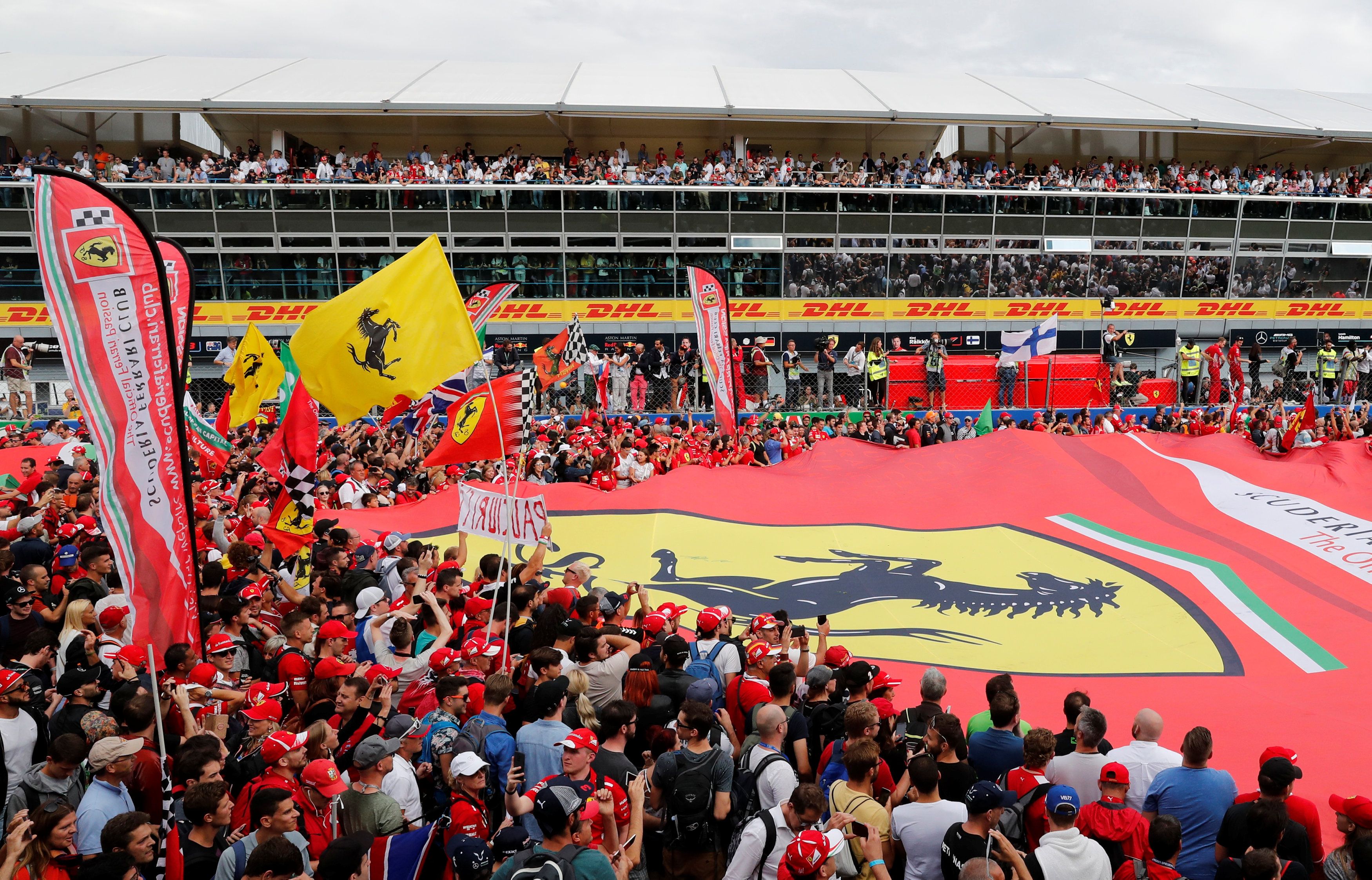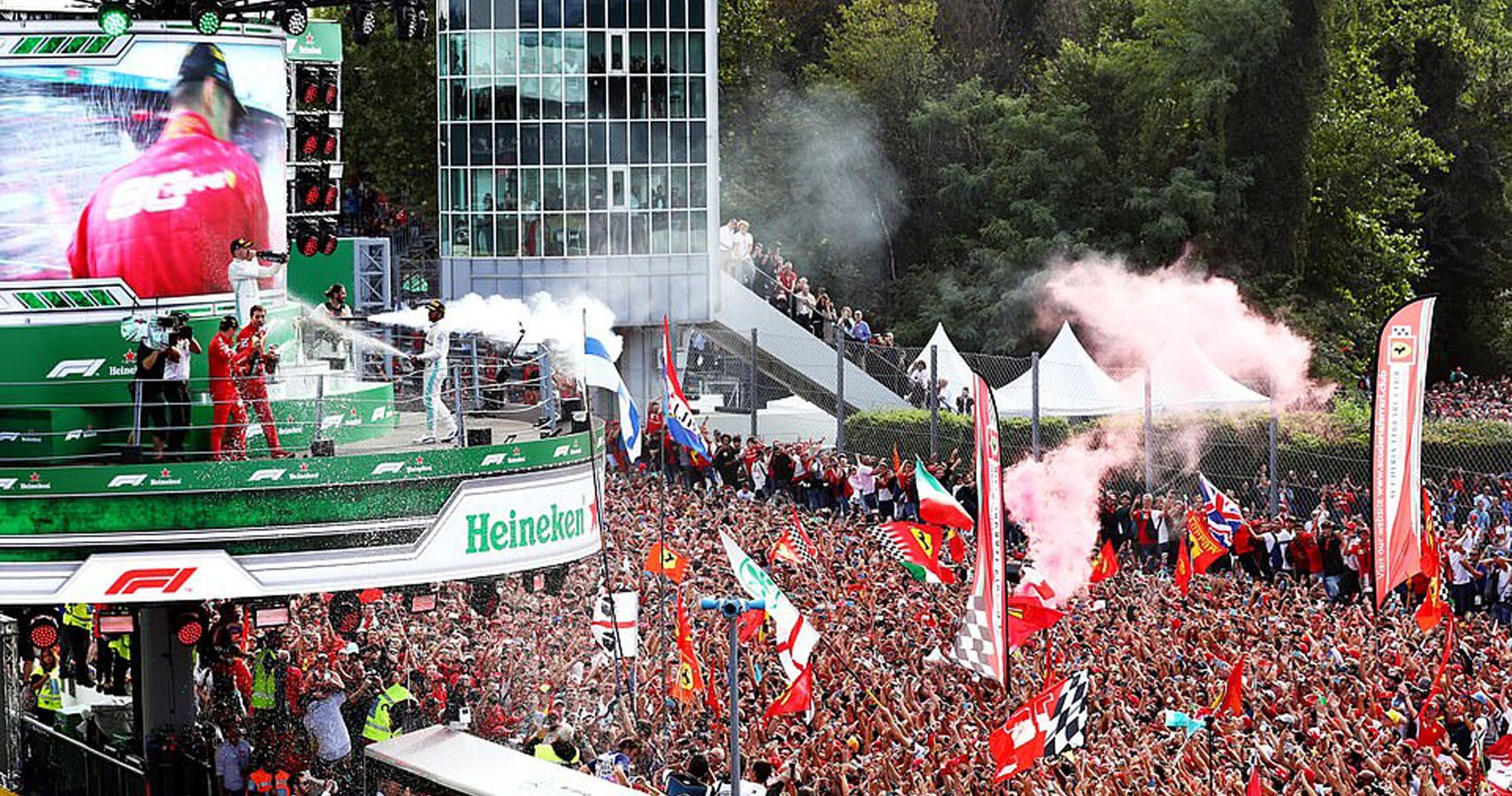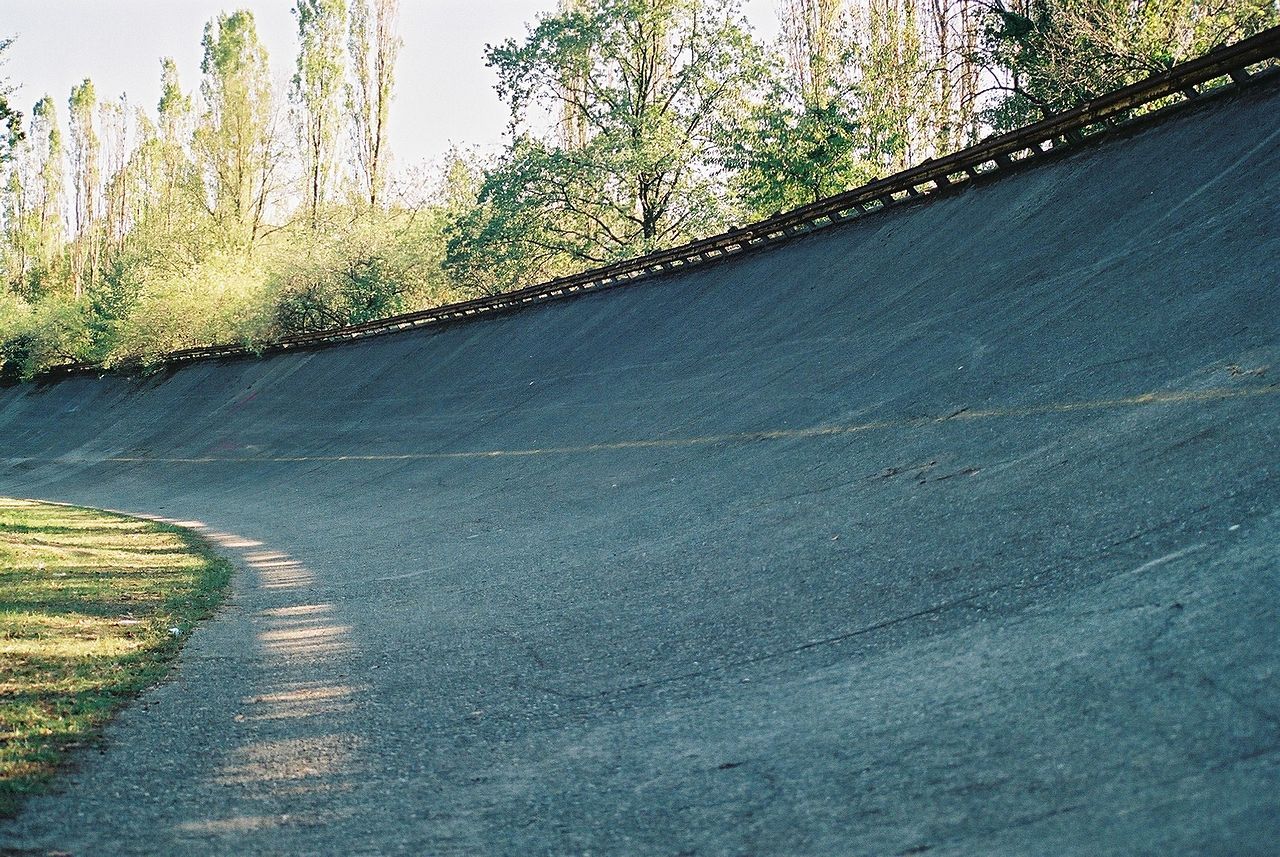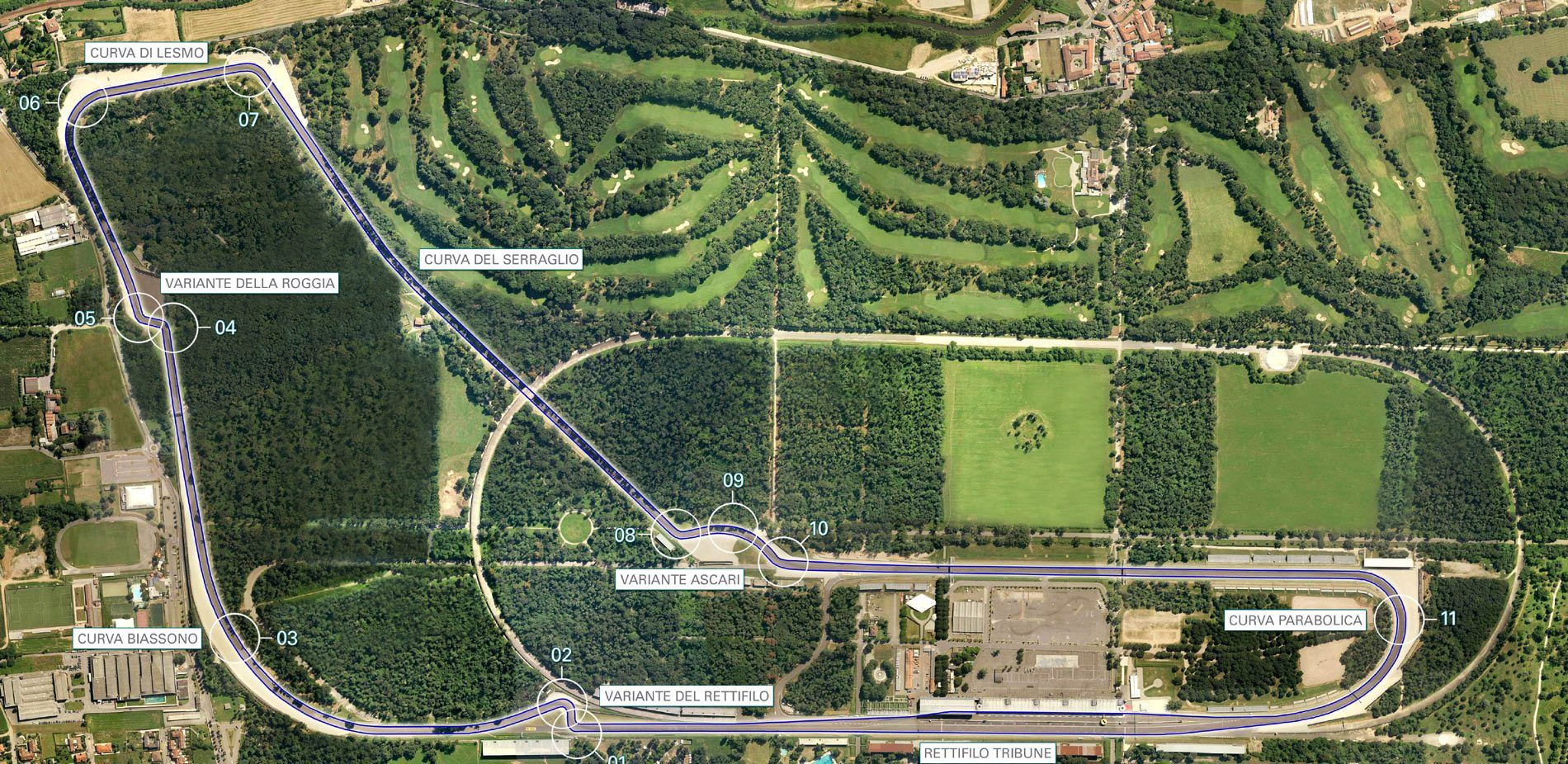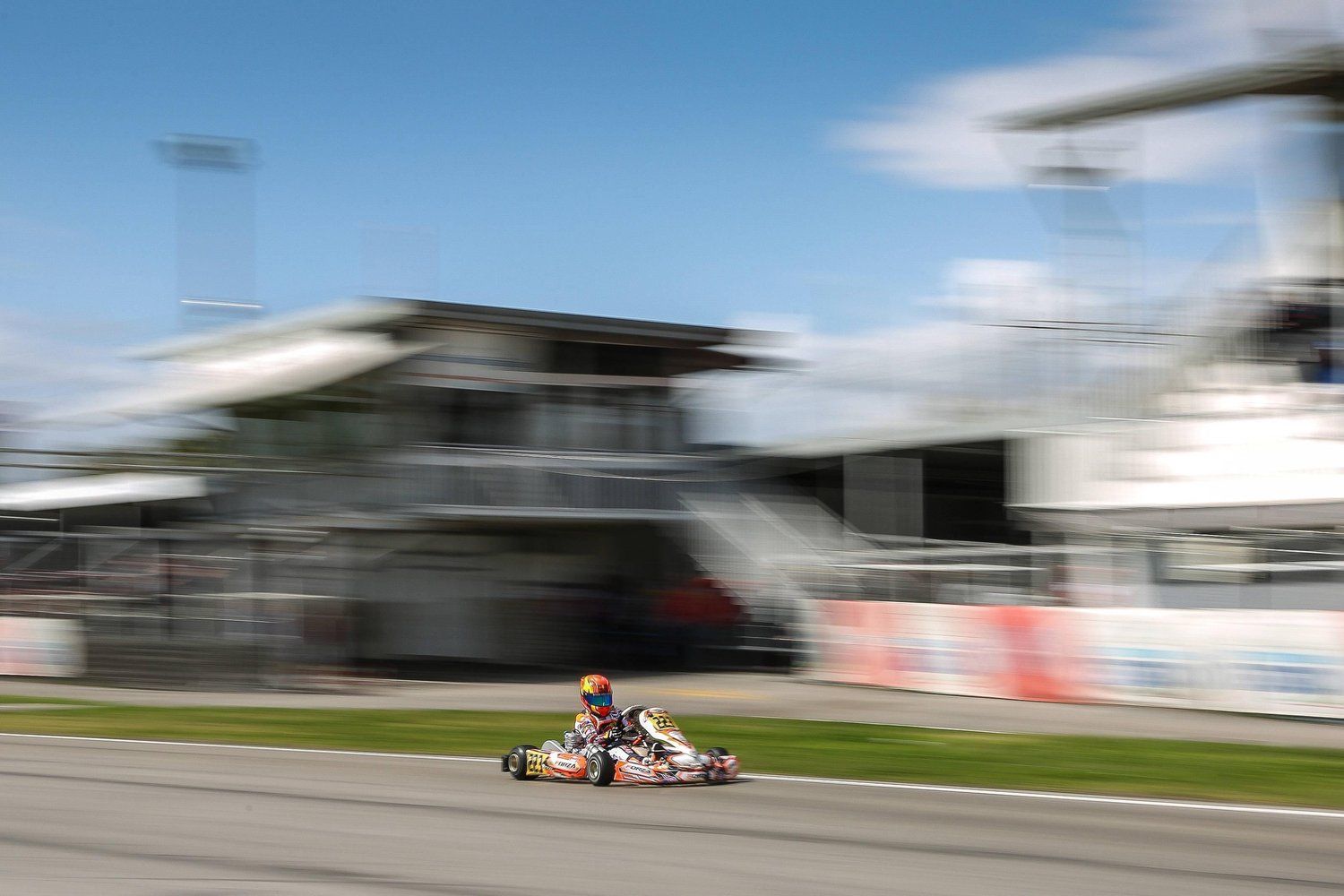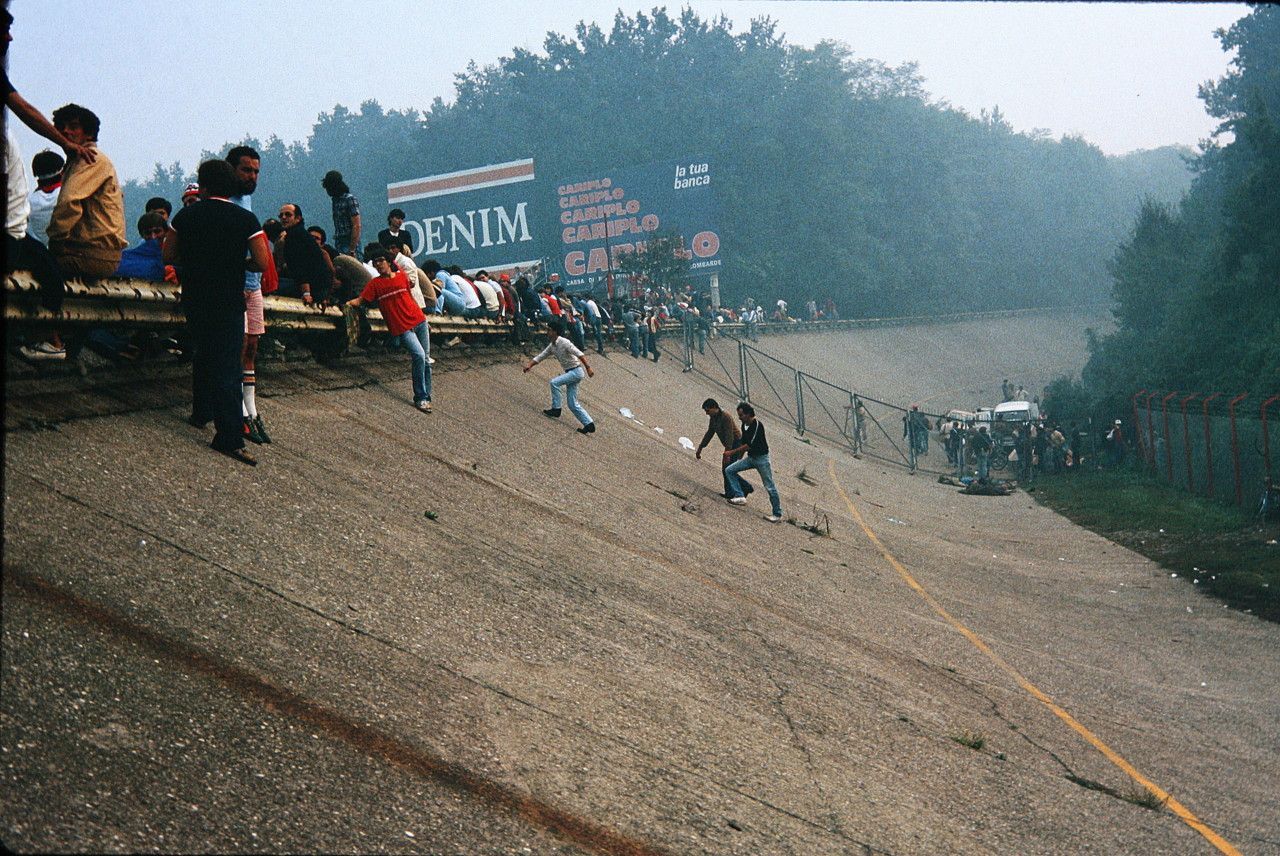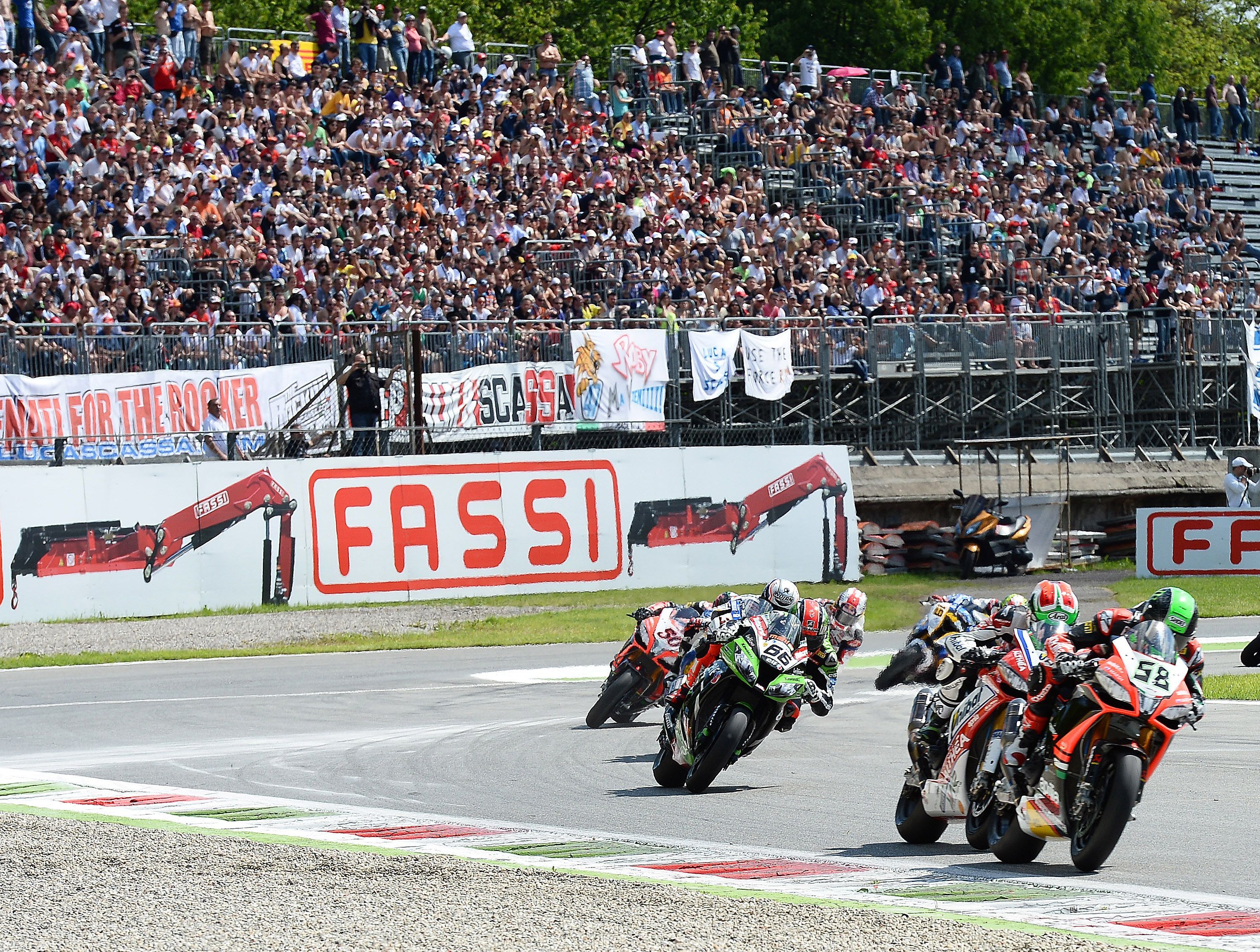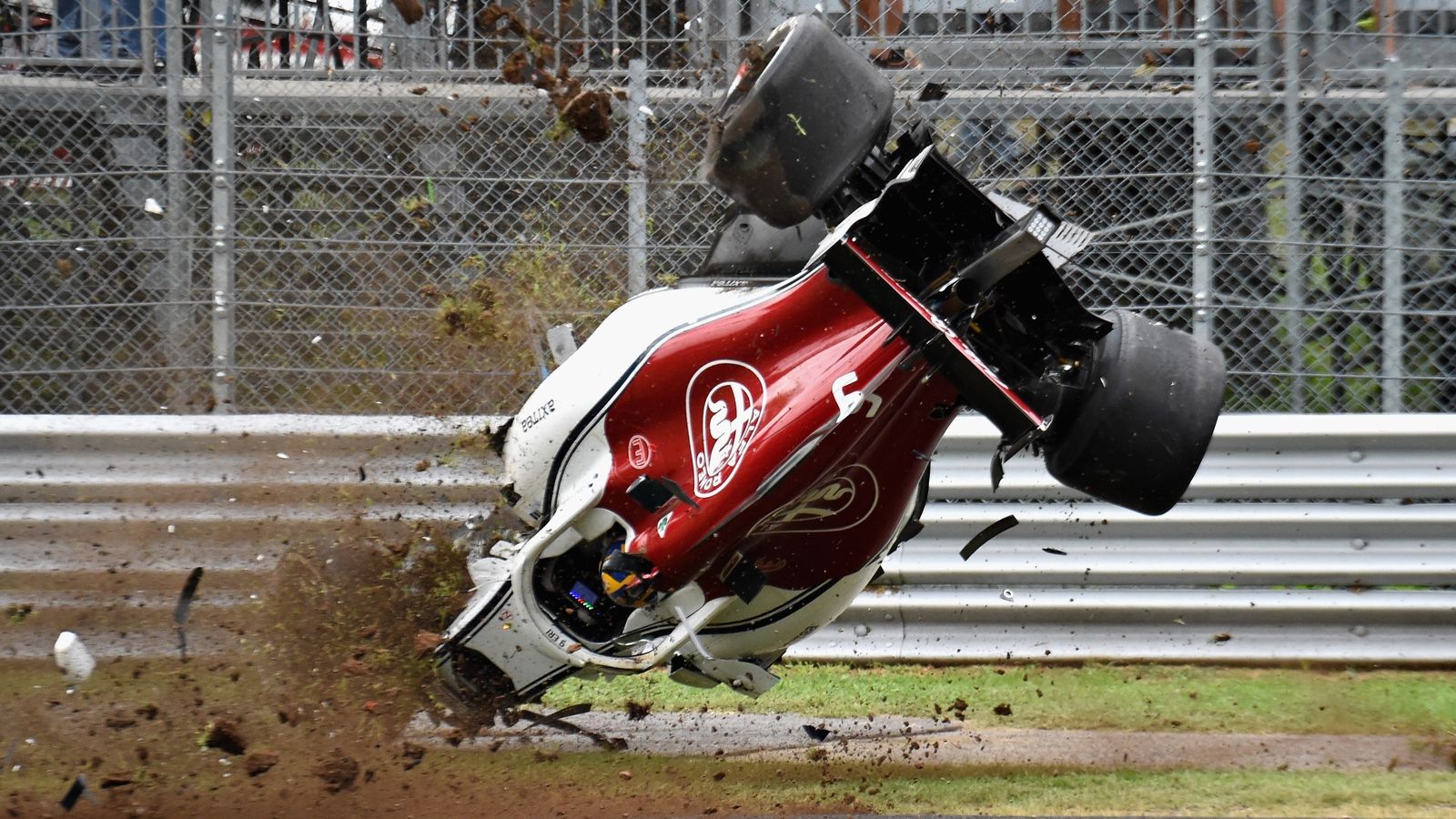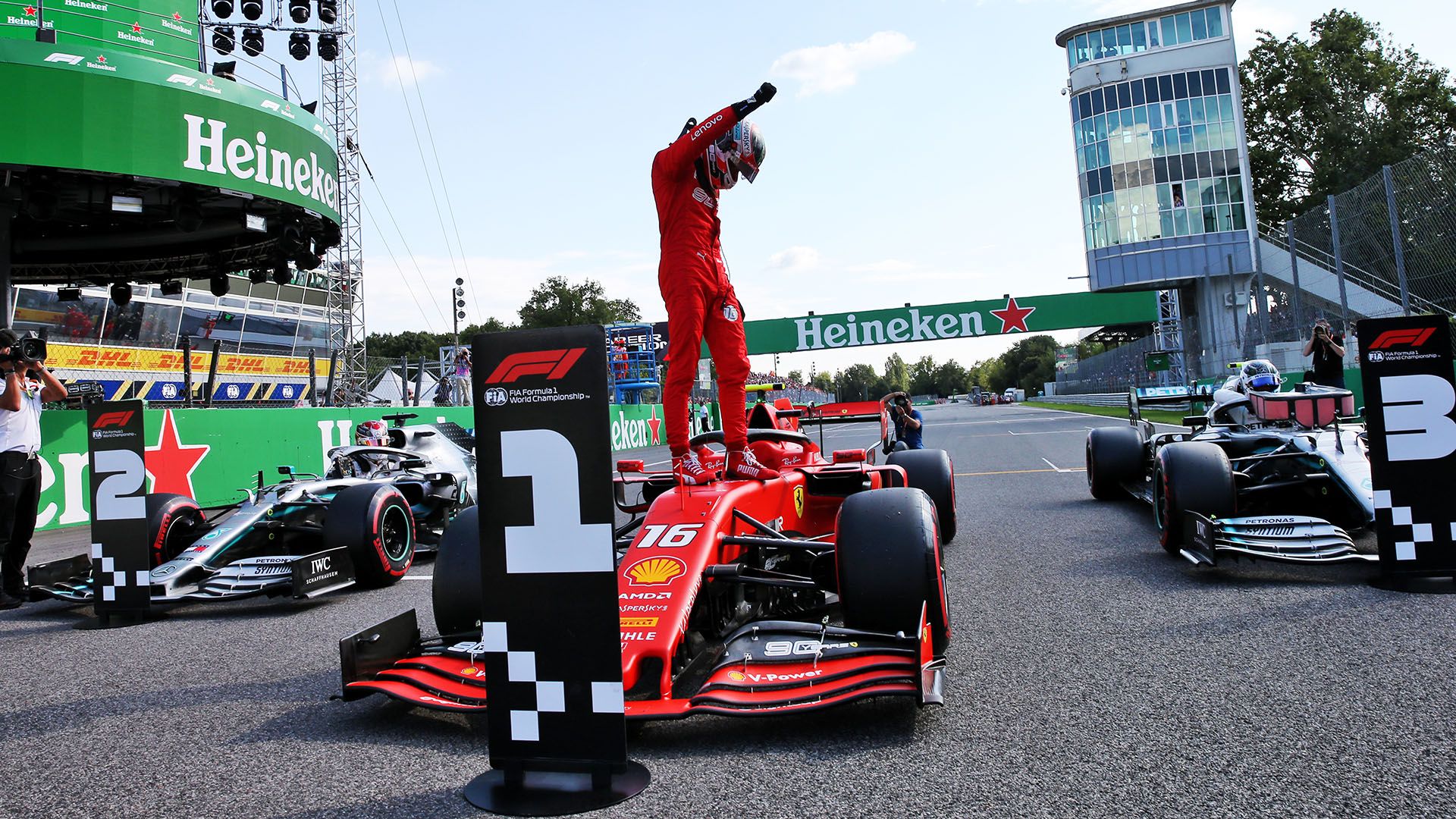To this day, Formula One remains the pinnacle of motorsports; captivating millions of fans throughout the globe with their high speeds, incredible downforce, and wheel-to-wheel racing. These factors are all amazing, but do not discount the circuits in which they compete.
A good track will either make or break an F1 race. Tracks like Hungary are known for being boring, however, this isn't the case for every circuit. Take the Monza Eni Circuit for example; a circuit that's lasted for decades and still draws huge crowds today. Like many tracks in Formula One's calendar, there's a lot of history and interesting facts buried in Monza's past. To showcase some of these, here are ten hidden details behind the famous Monza Circuit...
10 10. Can Hold More Than 100,000 Spectators
Obviously, if you're going to host a Formula One race, you need to make sure that you (a) have the proper F.I.A. certification and, (b), support huge crowds. Thankfully for Italian fans, the Autodromo Nazionale di Monza can hold over 100,000 individuals.
Like many other circuits, Monza has a few distinct setups for in-person viewers. You could get a normal pass and watch on the grandstands, or splurge on a more expensive air-conditioned, indoor, seating. Whichever one you choose, you're going to have a good time!
9 9. Low-Downforce Circuit
A hallmark of modern Formula One races is the ludicrous level of downforce present in each of the cars. This downforce, however, can be a hinderance, rather than a help, on tracks like Monza.
Because Monza is a very high speed circuit, downforce works against most of the cars. Downforce, in short, aids in cornering speed, but detracts from top-end due to added drag. As such, teams will often run low-downforce setups at Monza to utilize their vehicle's top-end.
8 8. Used To Be A Banking-Oval
Back in the golden age of Formula One, Monza was very different than it is today. From 1954 to 1969, the Monza Eni Circuit wasn't just a flat road-course, but a NASCAR-like high speed oval too.
The oval section of Monza can still be seen/visited today, making it a huge tourist attraction, as well. When it was in use, the oval portion of the track was a nail-biting experience for drivers and spectators alike, but also made for a great show. Eventually, though, due to excessive deaths and other problems, the oval was retired.
7 7. Undergone Ten Configurations
As the decades roll on, it's clear that (as regulations and vehicle's capabilities change) no one track will stay the same for very long. Evidence of this trend can be seen throughout motorsports history; including Sebring International Raceway, Silverstone, and Monza.
Since Monza's birth in 1922, the circuit has seen ten different iterations. The most drastic changes were the Florio Circuit in the mid-'30s and the third variation in the '60s. After that, the design remained relatively static, leading to what we have today (With minor changes).
6 6. Has A Junior Track
There are a lot of tiny things that the average Formula One/Motorsports enthusiasts may not be aware of in terms of the Monza Circuit. What many, surprisingly, don't know is that the Monza course also has a junior track.
The junior course is primarily for lower-tier forms of racing, such as Go-karts and Formula Lites. It's comprised of the front and back straights, cutting through the center and around the final corner. The whole track is about 1.5 miles long; plenty of room of an entertaining go-kart race.
5 5. The Oldest Circuit In F1 Today
You may think that Silverstone is the oldest track in Formula One. However, you'd be shocked to find out that the title is (technically) held by the Italian-based Monza Eni Circuit.
Since opening in the early 1920s, Monza has been a piece of Formula One's backbone. To this day, the track is still in use in F1 and many other series. Now, they mostly host GT racing and Formula-cars, but they once did more (more on that in a moment).
4 4. Once Hosted Motorcycle Races
As mentioned above, Monza wasn't always exclusive to GT-class race cars, Formula One, Blancpain, and TCR. In fact, once upon a time, the Autodromo Nazionale di Monza had motorcycle races too!
The motorcycle racing series that participated at Monza wasn't a huge list (Superbikes and the Italian Motorcycle Championship), but still made for cool races. Eventually, though, everyone realized how dangerous it was to put two-wheeled vehicles on such a hazardous track. Because of this, motorcycles were removed from the roster.
3 3. It's Ferrari Territory
Naturally, due to Monza's position situated just outside of the Italian city, Milan, a big portion of the spectators will be Italian. As such, many follow their home team: Scuderia Ferrari, making Monza Ferrari's home-away-from-home.
If you've ever witnessed an F1 race at Monza, especially during the podium ceremony, you would be hard-pressed to pick a Renault fan out of the sea of Rosso Corsa Red. A big tradition is the flying of a huge Ferrari flag and red smoke grenades littered throughout the crowd. For Ferrari fans, there's nothing better than seeing all the love.
2 2. The Death Toll
If you haven't noticed by now, a continual theme in Monza's nearly 100-year history is how dangerous it is. Compared to normal tracks on the F1 calendar, Monza has racked up quite a large number of souls.
Monza is up there with tracks like the Nurburgring Nordschleife and Imola in terms of death tolls. The number is a staggering sixty-five dead, including figures from both drivers, passengers, and spectators. Luckily, though, modern technology and safety standards have made this issue a problem of the past.
1 1. One Of The Shortest Tracks In F1
Since, as stated beforehand, the Monza Eni Circuit is a low-downforce course, and the 'name-of-the-game' is top speed. Because of the high speeds associated with the, mostly straight, track, drivers (In F1) fly towards the finish line faster than on many other circuits.
Up until last year, the fastest time at Monza was held by Juan Pablo Montoya. That is, of course, until Kimi "The IceMan" Räikkönen set a blistering time of just 1:19.119. This isn't the shortest track in F1 (Like the Red Bull Ring and Hockenheim), but is certainly close.

